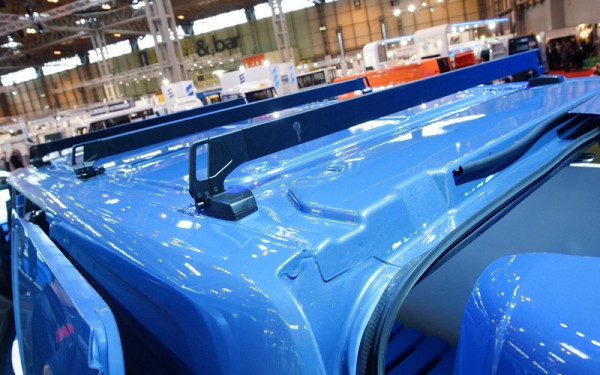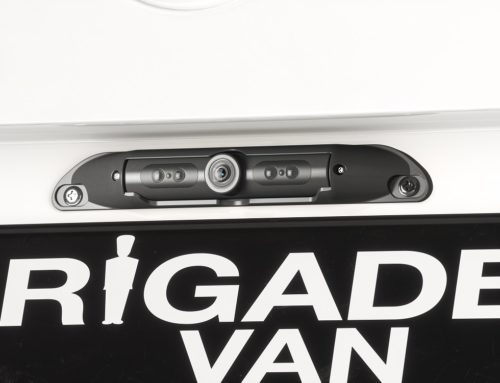ROOF racking is a relatively easy and inexpensive way to boost a business van’s carrying capacity.
It also makes the van more versatile, so you can use the van for a wider variety of jobs. Which means you can take on new types of work. In today’s climate, every hard-run smaller business can do with that.
Fitting is usually a matter of minutes, not hours
There are plenty of affordable, well-engineered racking options. Most are straightforward to fit yourself and require no drilling. So there’s no need to pay a professional to do it, unless you want to or have specialist needs.
How long will it take to fit a roof rack to a business van?
Depends on the van, the racking and your DIY skills. But you should be looking at minutes, rather than hours. Some racking suppliers even provide an indication of typical fitting times.
So what kind of roof racking? Well, think about what you’re planning to carry and how often. Consider the weight, length and width of your likely roof-mounted cargo. How easy or hard it will be to get it on and off the roof. And how it will be secured.
You can get straightforward bars that clamp on to existing roof rails (if you have them) or factory-fitted fixing points or the rain gutter. You can buy roof racks, which have bars that go across the van, and raised sides that run parallel with the van’s sides.

Integrated roof bars, like the ones on this Transit, make everything easier – but make sure you can take the bars off easily – your van will use more fuel when they’re in place
Some racking has rollers at the end – great for sliding awkward stuff on and off, such as ladders.
If it’s a tall van and the roof is going to see a lot of action, think about getting a ladder fixed to the back door or one that drops down.
A pipe carrier lets you transport pipes that are too long for your van’s loadbay. Pipe carriers are typically light, lockable, easy to fit and designed to cut through the air cleanly (so fairly fuel efficient).
For occasional use, consider racking that’s easy to remove and store.
A roof rack or roof bars – even when you aren’t carrying anything on them – will cost you fuel. Especially if you do motorway or A-road mileage. A study in Spain by IDEA found that, at 75mph, a roof rack can increase fuel consumption by 16 per cent.
a roof rack can increase fuel consumption by 16 per cent – take it off when you’re not using it
So whipping them off when not in use is a smart idea – especially if you can store them easily inside the van. Then they’re on hand whenever they’re needed.
Online roof racking suppliers make it easy to get the right racking for your particular van and your own needs.

In the van’s tall, like this, get rollers on the back of the roof rack, and/or get a ladder fixed to the back of the van
You can search by vehicle type – make, model, height and wheelbase. Then sort available options by the type of racking – roof bars, roof racks, ladder systems, pipe carriers and so on. Don’t be shy to talk to a specialist. Their knowledge can make the difference between an okay set-up and one that’s a godsend.
Check out the accessories from online suppliers. For instance, you might find it handy to have ladder clamps, which do away with the need for rope or bungies. There are different locking systems to keep your ladders secure, too.
Before you get too carried away, though, make sure your van’s roof can take the weight.
The handbook will tell you all about van weights. Don’t go above it. And, of course, make sure anything you strap to the roof doesn’t affect vehicle stability. And is totally secure – for safety’s sake and because it’s a legal requirement.







Leave A Comment